Panbo(at) gets Seakeeper Ride – install complete
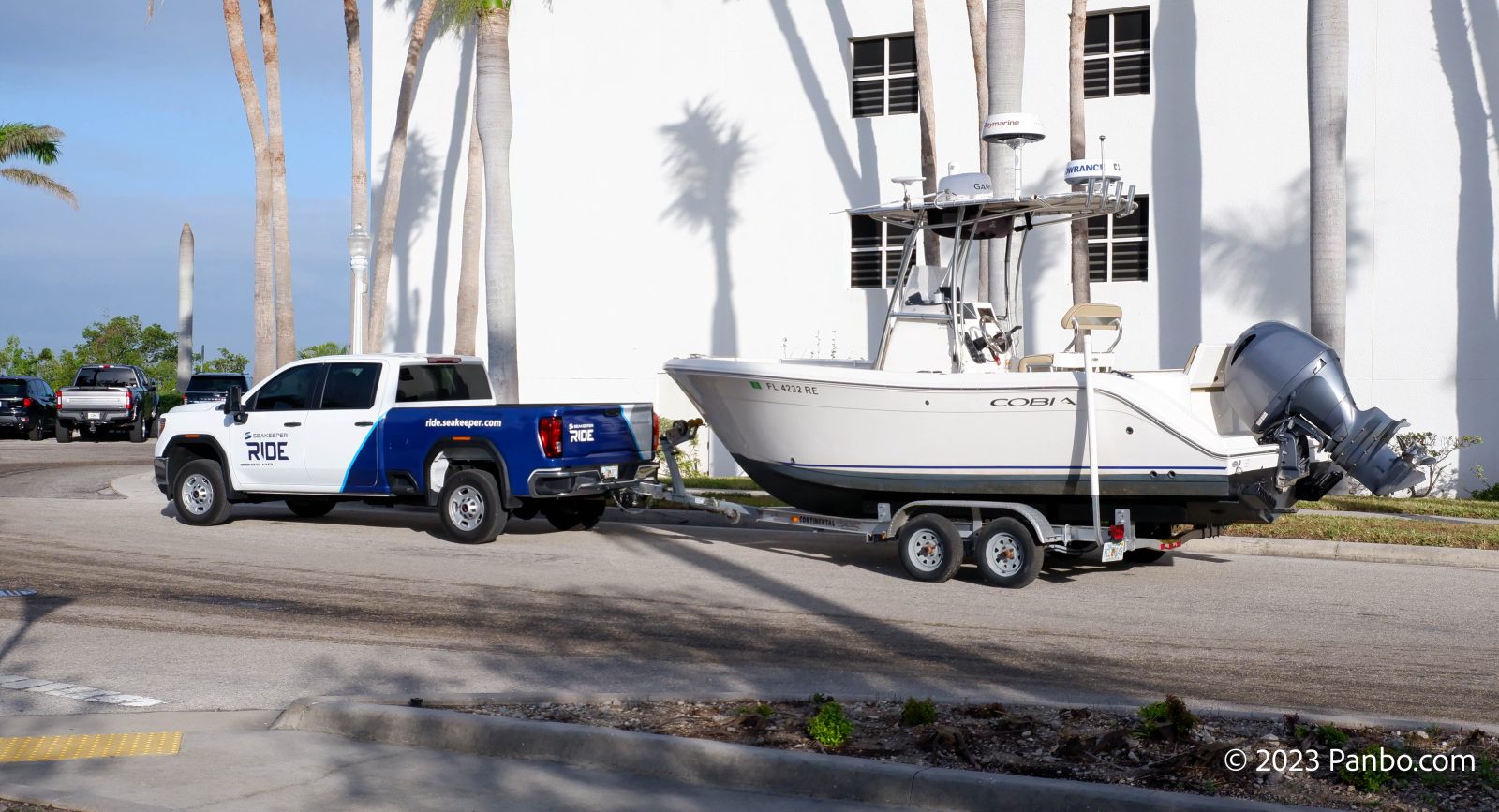
Panbo(at) spent much of this week at Seakeeper’s Fort Myers operation while they installed a Seakeeper Ride system. After only a few hours on the water with the system, and most of that spent gathering performance data, I think it’s safe to say Seakeeper has another game changer on its hands.
My relationship with Seakeeper began as a member of the boating public at the 2015 Fort Lauderdale boat show. My wife and I took a ride on one of their demo boats; I instantly knew one was in our future. I’m not a hard sell –most any gadget will get my attention– but my wife Laura is, especially on a Gyro with a nearly six-figure price tag. The difference between a Seakeeper gyro locked versus unlocked and stabilizing is profound, and I’m sure has sold many, many gyros.
Seakeeper Ride‘s introduction the end of last summer intrigued me, but my enthusiasm waned a little when I found out it was only available on new boats at launch. Well, good news for those of us interested in the benefits on existing boats. Seakeeper has just announced Ride will be available for retrofit installs soon. Even more interesting to a do-it-yourselfer like me, they’re building training materials to allow consumers to install their own systems.
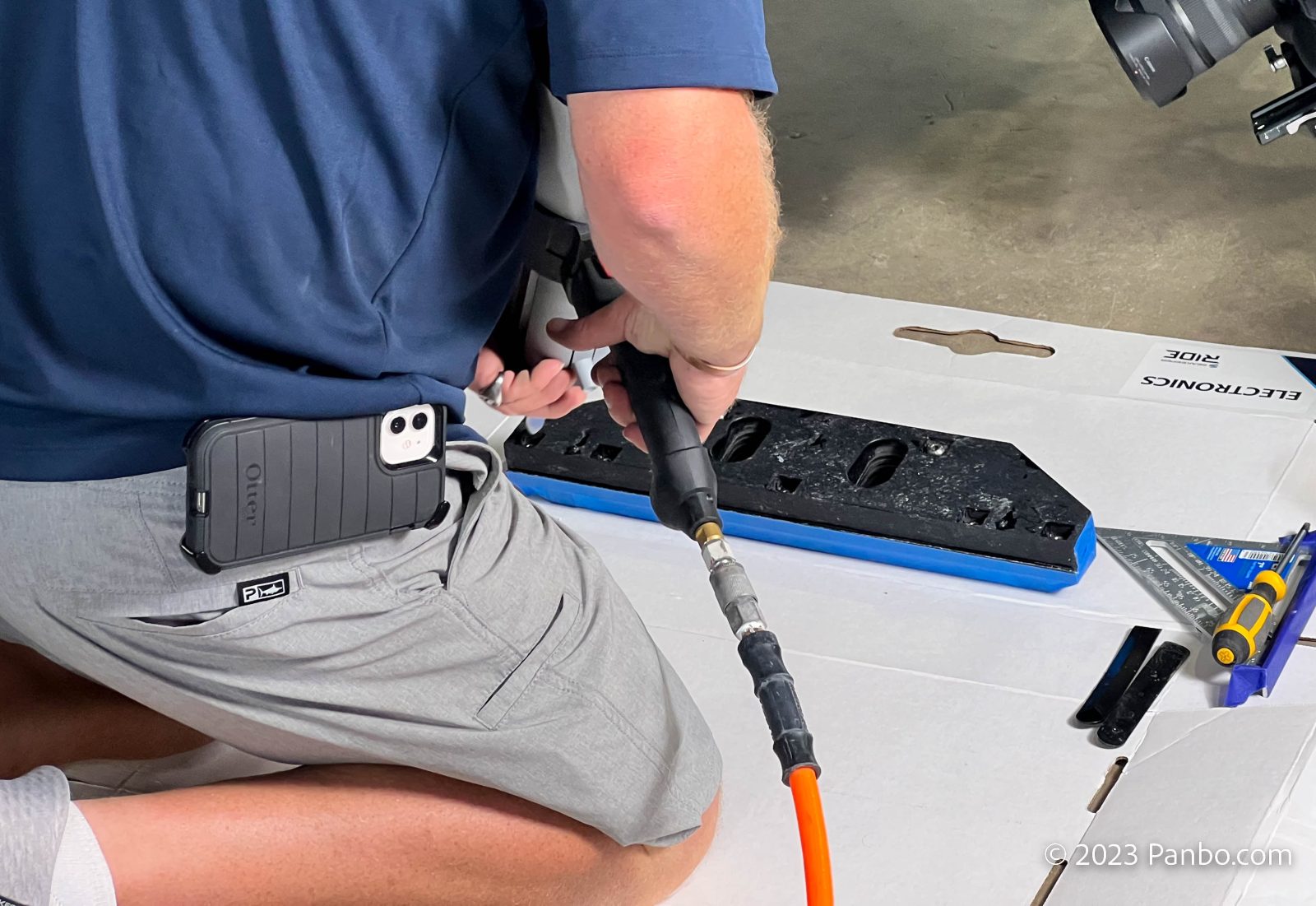
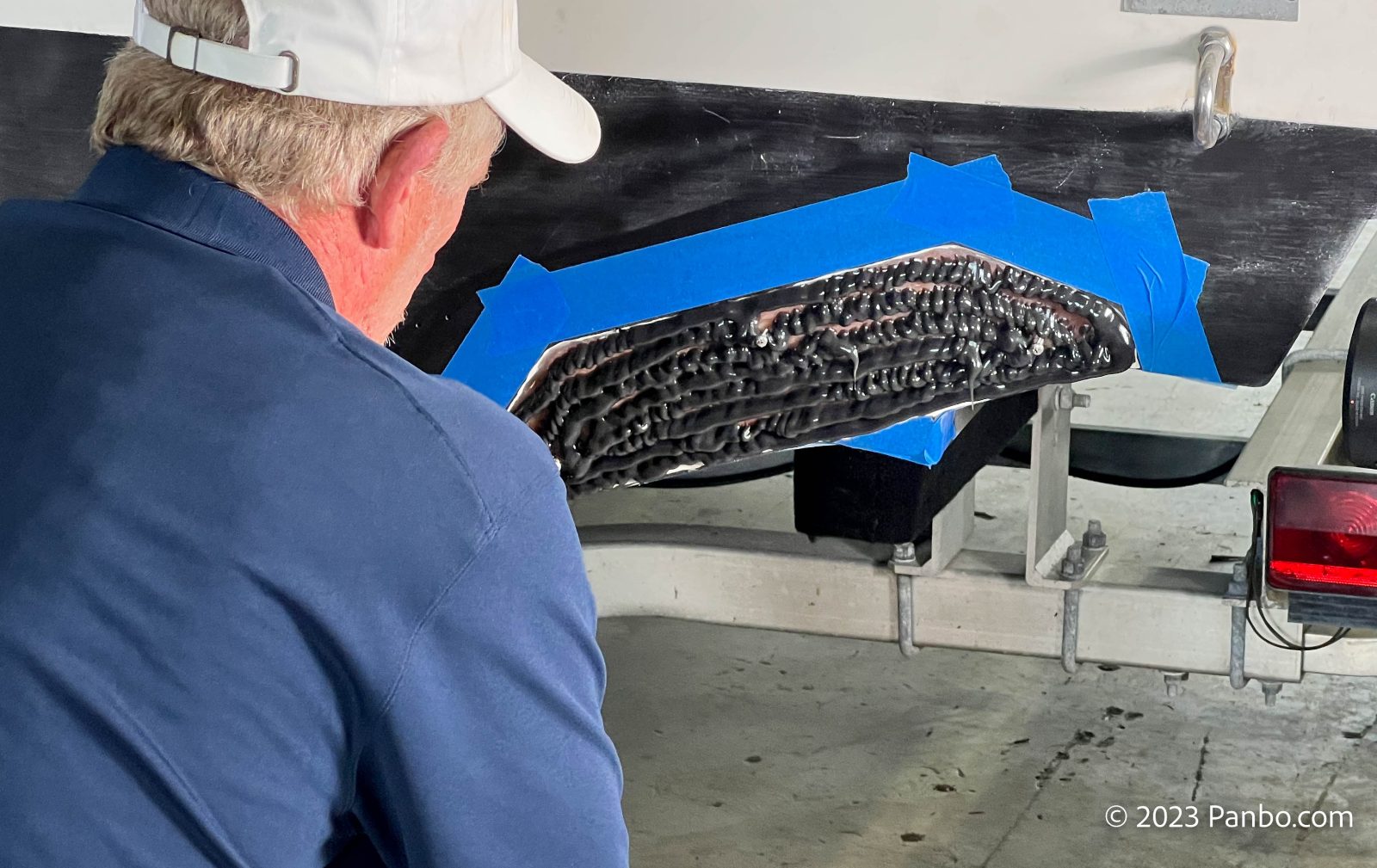
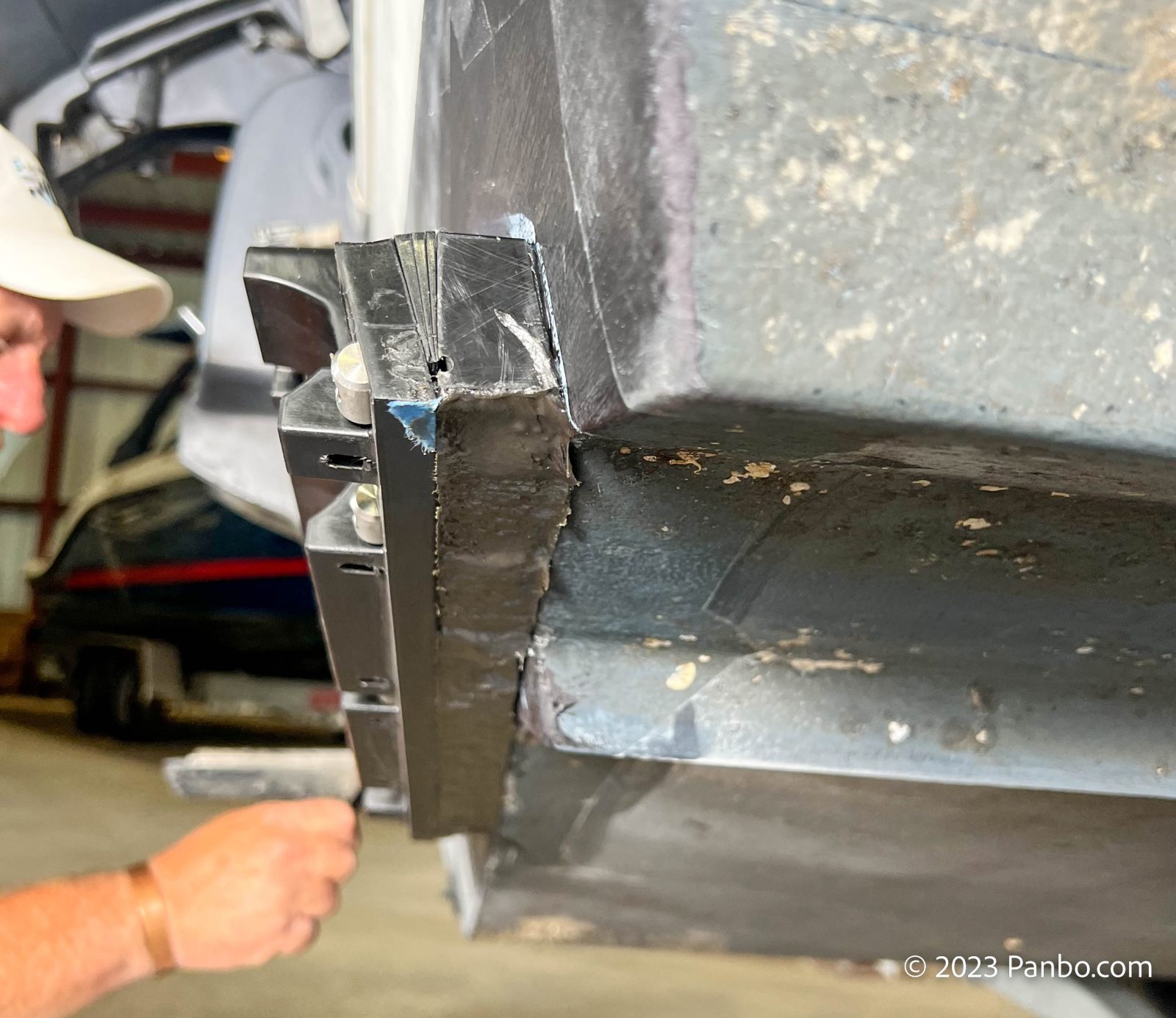
Panbo(at) is no stranger to high tech trim control systems. Before Ride, Panbo(at)‘s transom played host to a Zipwake system. Zipwake is a vertical interceptor system, and while it’s a lot faster than traditional trim tabs, it’s not nearly as fast as Ride. Zipwake interceptors deploy straight up and down. Ride uses a rotary motion to deploy the lifting surface of the controller in place. Ride can move from undeployed to fully deployed in less than 1/10th of a second and adjusts 100 times per second.
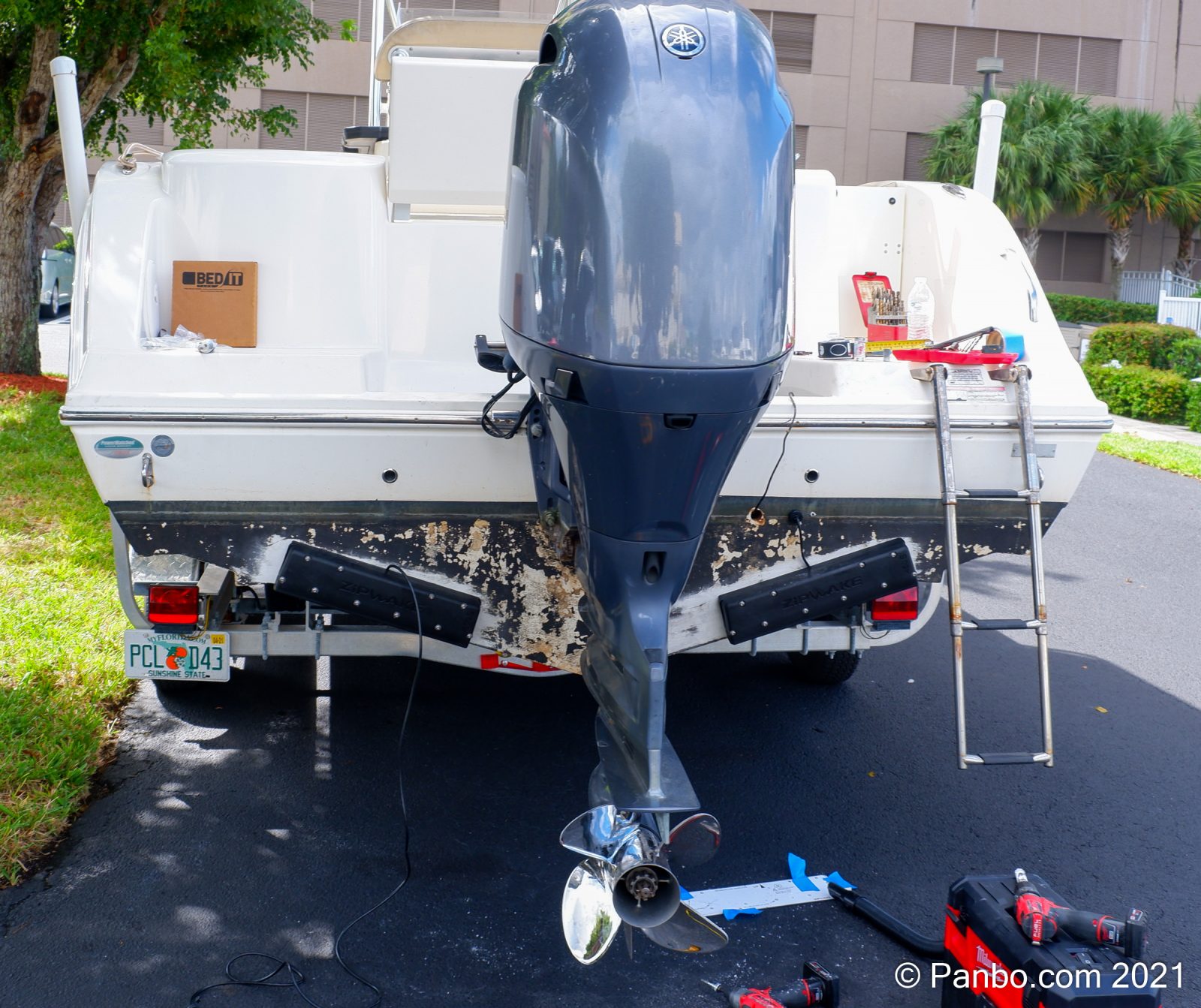
I installed the Zipwake system on Panbo(at) and found that installation pretty straightforward. The instructions and templates Zipwake included were easy to follow, and the interceptors screwed to the transom. Aside from the stress of drilling quite a few holes into the transom, I found the installation easy.
Ride controllers are glued directly to the transom. Proper adhesion requires grinding the gel coat down to bare fiberglass. Having watched an installation, I’m confident I could do the installation, though a few of the tools might be hard to come by for the average boat owner. Plus, the one shot and you’re done nature of the adhesive would make me a little nervous.
As I mentioned, I’ve only had a few hours on the water with the system. But, today was a pretty gusty day in southwest Florida, and we were able to get out in open water with sporty conditions. The measurements Seakeeper took required taking passes with the system both enabled and disabled. As soon as I felt the system disengage, I realized I wouldn’t need to look at the MFD to see if it was on or not.
In ways my brain told me weren’t possible, Ride adjusts for conditions and softens the ride of the boat while making it more stable. Wave faces we fell off of with the system off became soft landings with it on.
I wasn’t at the helm for most of the testing, so I got to experience the effects as a passenger. I think that’s a better test in many respects. The helmsperson has the benefit of bracing against the wheel and more knowledge of what the boat will do since they’re putting in the control inputs. The passengers are truly along for the ride (sorry).
I’ll get more time at the helm and have a full write-up of the system relatively soon. But, next week I head to Miami for the Discover Boating Miami International Boat Show and the 2023 edition of the innovation awards. I hope to have updates on exciting announcements from the show.



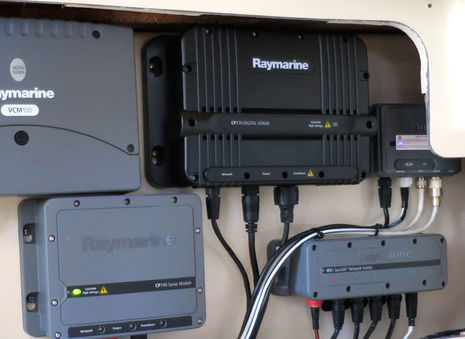

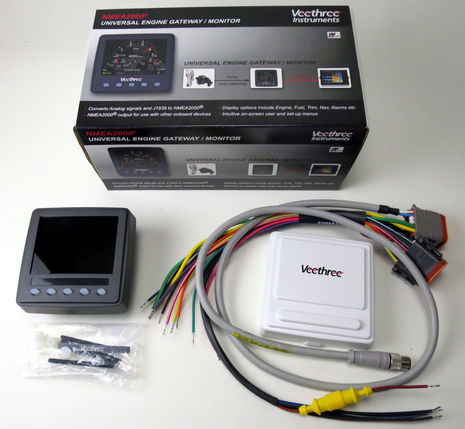








Considering what has gone on in your life recently the bottom paint should be the least of your concerns. Panbo(at) looks just dandy.
Anyway, your excellent review is very interesting for a number of reasons.
Obviously one wouldn’t go out in a condition that is unsafe for the size of the particular vessel. I’m sure Ride isn’t meant to allow an operator to abandon good judgment because it makes a ride smooth.
Do you feel there is a point at which Ride is overwhelmed by the sea state and can’t keep with the demands? I’m thinking of a wind against current situation where the waves are very chaotic. Or is this where it shines?
Does the rapid cycling of Ride present an issue for inspection and maintenance? In other words will this wear out and degrade in performance or need repair and if so how long into it’s life? What is the care and maintenance routine?
It seems like Ride is a game changer for the smaller center console’s and now that they can be added to existing vessels it becomes a no brainer must have.
John,
You bring up a good point about creating a false sense of security. First and foremost, regardless of the aids onboard, the operator is responsible for making sure they operate the boat safely. We’ve probably all heard the wisdom about the boat handling more than the occupants. I think of Ride as possibly closing the gap between the boat and the occupants. Also, I don’t really expect Ride to get overwhelmed by sea state. Rather, based on my admittedly very short ride, I expect there to be more events where, even with the benefit of Ride, the motion is uncomfortable. I felt that in the form of occasional impacts as the boat fell off a wave. They were smaller impacts and rare than with the system disabled, but I also think they serve as a warning.
I don’t expect Ride to wear out per se. They use a massive motor and have tested it to some pretty extreme number of cycles. Most of the system is pretty well sealed. The only maintenance required is changing an anode on each of the controllers.
I think Ride has the potential to be a game-changer. Certainly, I think the gyro changed the game for a lot of people. Ride comes at a fraction of the price and works on smaller, more affordable boats meaning its impact can be enjoyed by more people. I’ll reserve final judgment until I’ve had some more time on the water, but I’m optimistic.
-Ben S.
Unlike Seakeeper, the Ride seems to only work when underway and is speed dependent such that at lower speeds or at anchor it will have little effect. the Seakeeper works at anchor or when drifting as is often the case when fishing.
I also wonder how the glue will hold up with the prolonged stresses of speed as the torque on this must be enormous.
Keith,
You’re right, Ride only works when the boat is moving and there’s enough water moving over the controllers for them to generate adequate force. The cut-in speed of the system is set to 10 mph. You’re also right that the gyros are most effective at rest and get less effective as the boat moves faster. From a commercial perspective, that’s quite the match for Seakeeper. They have the gyros that work best when stationary and at lower speeds and then Ride that works best the faster the boat goes. In essence, they can (if you’re willing to write enough checks) improve the experience at all speeds on the boat.
It’s much too early for me to report much on the longevity of the glue on Ride, but my gyro was also glued down on Have Another Day. The gyro had logged about 1,500 hours before the boat was lost. I had many witness marks and can report there was never any measurable movement. The shock forces the gyro was capable of delivering are massive. Based on what I know of the adhesives they use, I’m probably more concerned about the laminate of the transom failing than I am the adhesive on the controller.
-Ben S.
Good point. I have the Seakeeper 6 and I just checked with the installer about how it is bonded and it is as you say. I have been in plenty of small craft warning weather so I have given the Seakeeper a real “workout” and it is fine after about three years of use.
The captain of a gyro equipped vessel would be well advised not to venture out in conditions that would be dangerous without a gyro. A gyro malfunction in dangerous conditions would make for a dangerous trip back to port. Regardless of how reliable a gyro system may be an electrical malfunction is always a possibility.